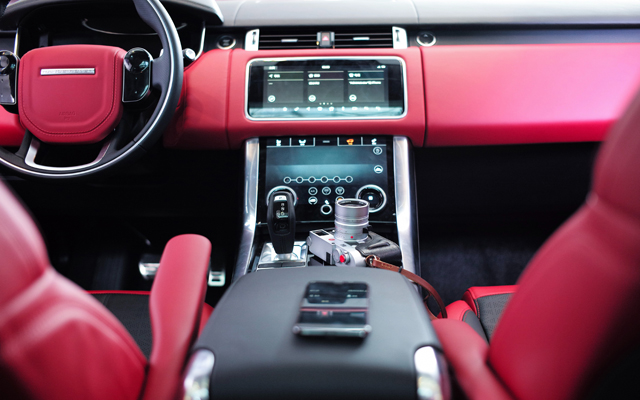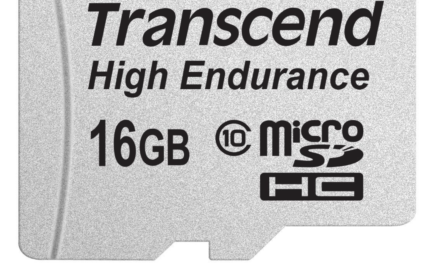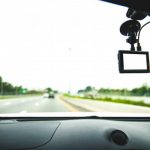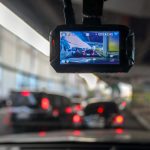You might assume that even the best dash cams are just there to film ahead and record video if they detect a collision. With cheaper and simpler models, that is all they do, but more advanced dash cams go much further to act as driver assistance and emergency response systems.
For example, some dash cams can alert you if you accidentally drift out of your lane, or if you don’t notice that the car in front of you has set off in traffic. Or, if you are involved in an accident and don’t respond, some dash cams can even call the emergency services and provide your exact GPS location.
Other dash cams come with a second camera that will record out of your rear windscreen in addition to the front since threats on the road can come from behind as well as in front. We have a separate guide to the best front and rear dash cams if you are looking for one of these.
Video technology is advancing all the time, particularly in image quality. An increasing number of dash cams can shoot video in 4K – giving you as much clarity as possible in your footage.
It’s all part of the rapid evolution of miniature cameras and video recording. Indeed, much of the technology used in dash cams can also be found in some of the best action cameras, including GoPro models. You might see similarities in features such as video resolution, frame rate, and viewing angle.
The needs of motorists are slightly different, so you don’t tend to see the kind of image stabilization features popular on action cameras. However, the best dash cams will often include night vision instead. And, because you need to keep your hands on the wheel, you might want to look out for dash cam models with voice control.
Dash cam installation can be pretty straightforward, but there may be some wiring work to be done. Some models have internal batteries, but these don’t last for long, so for constant fuss-free security, it’s best to go for a dash cam that can be plugged in for constant power. Some can plug into your car’s USB port or 12V power socket, though this can leave untidy exposed cabling. The alternative is to have your dash cam professionally installed so that the wires will be disguised or hidden and your accessory sockets are left free.
It might sound like a lot to take in, but we’ve rounded up our favorite dash cam models below to explain each one’s key features, pros, and cons. And if you ride a bicycle or motorcycle and you’re looking for the same kind of protection, check out our guide to the best helmet cameras.
8 things to look for in a dash cam
- Power supply: Built-in batteries are convenient but don’t last long, plugging into an accessory power socket solves that but can look untidy, a professional installation is the neatest solution.
- 4K video: This gives a higher resolution for more clarity, but it also produces much bigger video files which can prove a headache.
- Rear cameras: These are an optional add-on for some dash cams which record what’s happening behind you, not just what’s in front.
- Voice control: Perfect for hands-free operation, which is especially important for drivers, of course.
- Wi-Fi connections: Useful for viewing or transferring dash cam footage, and some systems can send.
- Parked alerts: Available with some hard-wired dash cam systems, these can record any bumps or bangs to your car while parked.
- Emergency calls: Some dash cams can alter the emergency services with your location via your smartphone if they detect an accident and you don’t respond.
- Night vision: Enhanced night vision modes make a lot of sense for those who do much of their driving after dark.











